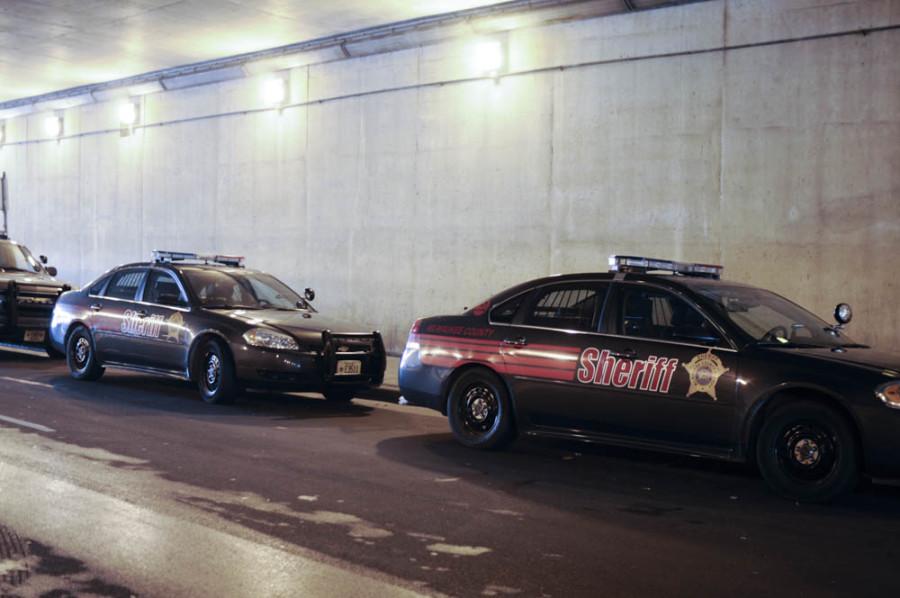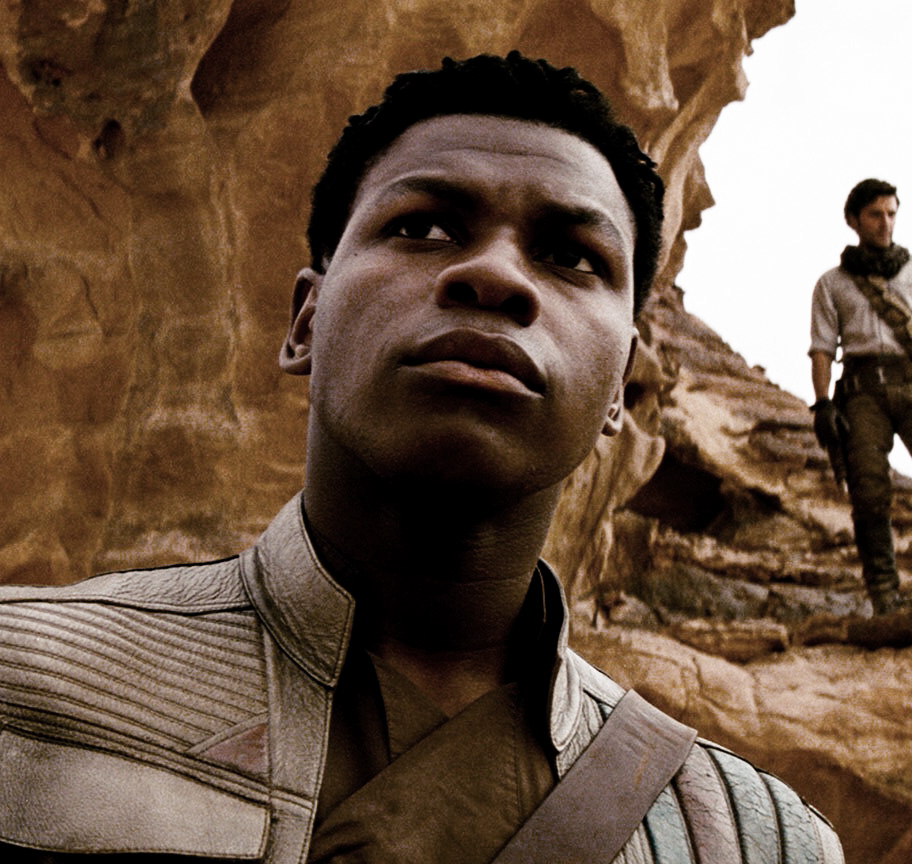As the viewer watches the protagonist Vic, the literal driving force of “Give Me Liberty,” herding the merry crew of his medical transport van throughout Milwaukee, what is revealed is a genuine sense of community and heart that makes up cities across the country. While “Give Me Liberty” is certainly a love letter to Milwaukee, using sentimental interactions and close-ups that reveal very little beyond the characters’ countenances, director Kirill Mikhanovsky makes it evident that it is not the scenery or landmarks that make up a city, but the personalities that inhabit it.
Following the collapse of the Soviet Union, Mikhanovsky emigrated to Milwaukee and worked many odd jobs, including one as a medical transport driver. After graduating from New York University Film School in 2004 Mikhanovsky traveled the world making films, but for his most personal film yet, it made sense to bring it back to where he grew up. “Give Me Liberty” is a celebration of the diverse cultures that inhabit Milwaukee despite the city’s well-known segregation.
Mikhanovsky draws directly from his own experience to combat the notion of segregation by forcing disparate cultures to interact. Among the van’s passengers are a band of elderly Russian immigrants that includes Vic’s grandfather desperately late to a funeral for one of their peers Lilya, Dima, a Russian immigrant and boxing-fanatic who claims to be Lilya’s only surviving relative and Tracy, a young black girl with ALS, played excellently by Lauren “Lolo” Spencer.
A surprising component of “Give Me Liberty” is how genuinely hilarious it reveals itself to be through seemingly mundane situations. What makes the humor work so well is how Mikhanovsky and co-writer Alice Austen’s script imbues comedy into character interactions, allowing the film to naturally elevate rather than forcing the narrative to make room for jokes. Not once throughout the film did the many laughs take away the severity of the more serious moments.
As Vic drives his van across the city, he is consistently hit by blocks in the road caused by an unspecified protest occupying the streets of Tracy’s neighborhood. For most of the film the protest remains in the background, never directly interfering with the characters’ journeys other than a few detours. Instead, the script uses the protests as a way to allow characters to commentate on their environment. When a city is as diverse yet segregated as Milwaukee is, it becomes inevitable that its citizens won’t agree on what another group is doing. No two people endure the same hardships, and sometimes it can be difficult to see something from someone else’s point of view. By placing these various cultures in such a small space, the film allows itself to breed captivating interactions that focus on the grey area between cultures.
It isn’t until the film’s climax that the looming protest enters the frame and, due to some questionable choices, ends up not packing the punch the film assumes it does. As the characters get entangled in the chaos outside the local police station, the film switches to a black and white color palette and gets as close to the character’s faces as possible. This is done to artistically convey the claustrophobic experience of the characters, but all it accomplishes is a muddled sequence. Shortly before this scene, a wrench is thrown in the budding relationship between Dima and Vic that seems to set up an eventual conflict, but as they pull into the police station and the protest takes center stage, the film just decides to forget that interaction even happened. The culmination of this protest also doesn’t really serve any narrative purpose. After weaving it so well into the proceeding events, it is a disappointment to find no satisfying revelation from this set piece. Not only does it fail on thematic level but also a narrative one unfortunately so due to everything positive that came before.
That isn’t to say the movie fails as a whole. What came before in the movie’s near two-hour runtime is an excellent character study, and on that level the movie gracefully closes on that.
Mikhanovsky takes eloquent consideration as he presents a multifaceted array of characters. Some of the film’s best moments are its most quiet, specifically the moments that occur around a talent show for disabled individuals. It’s nearly impossible not to smile as you watch the genuine happiness of people not always given the spotlight by our culture. In between scenes, the film provides beautiful meditations of life and love by a man confined to his bed by his inability to walk, known only as Vic’s confidant. While traveling along with Vic’s passengers and seeing them interact with each other, the movie’s true heart came forth. Not due to any recognizable scenery or flashy set pieces, “Give Me Liberty” is a warm film that can remind us of the beauty between us all despite our differences.








